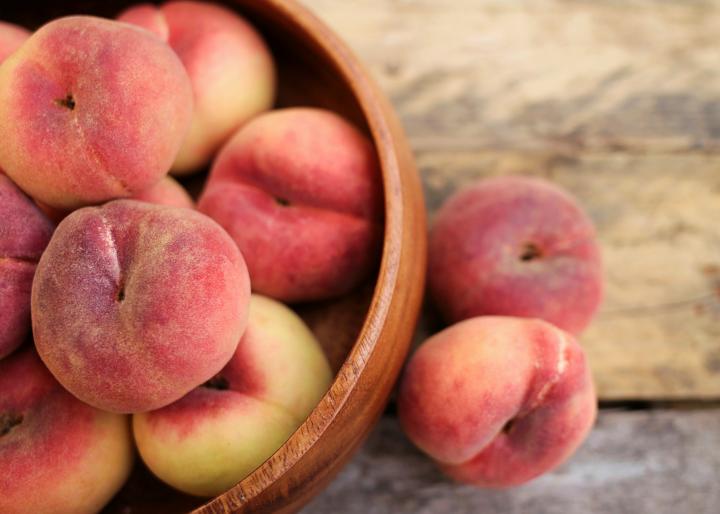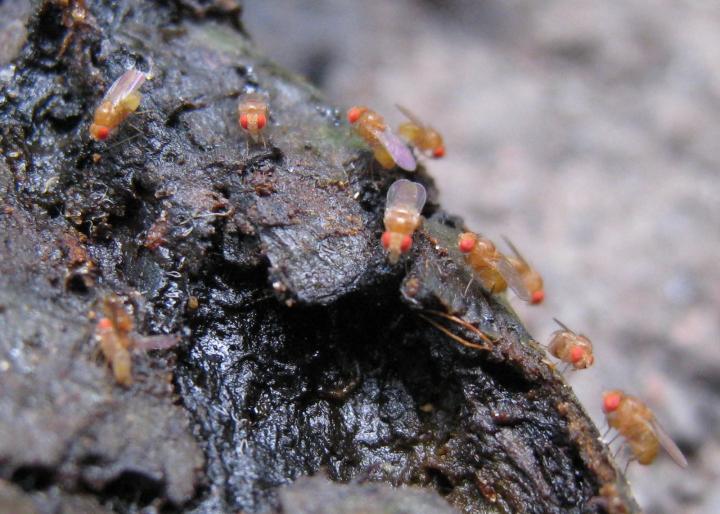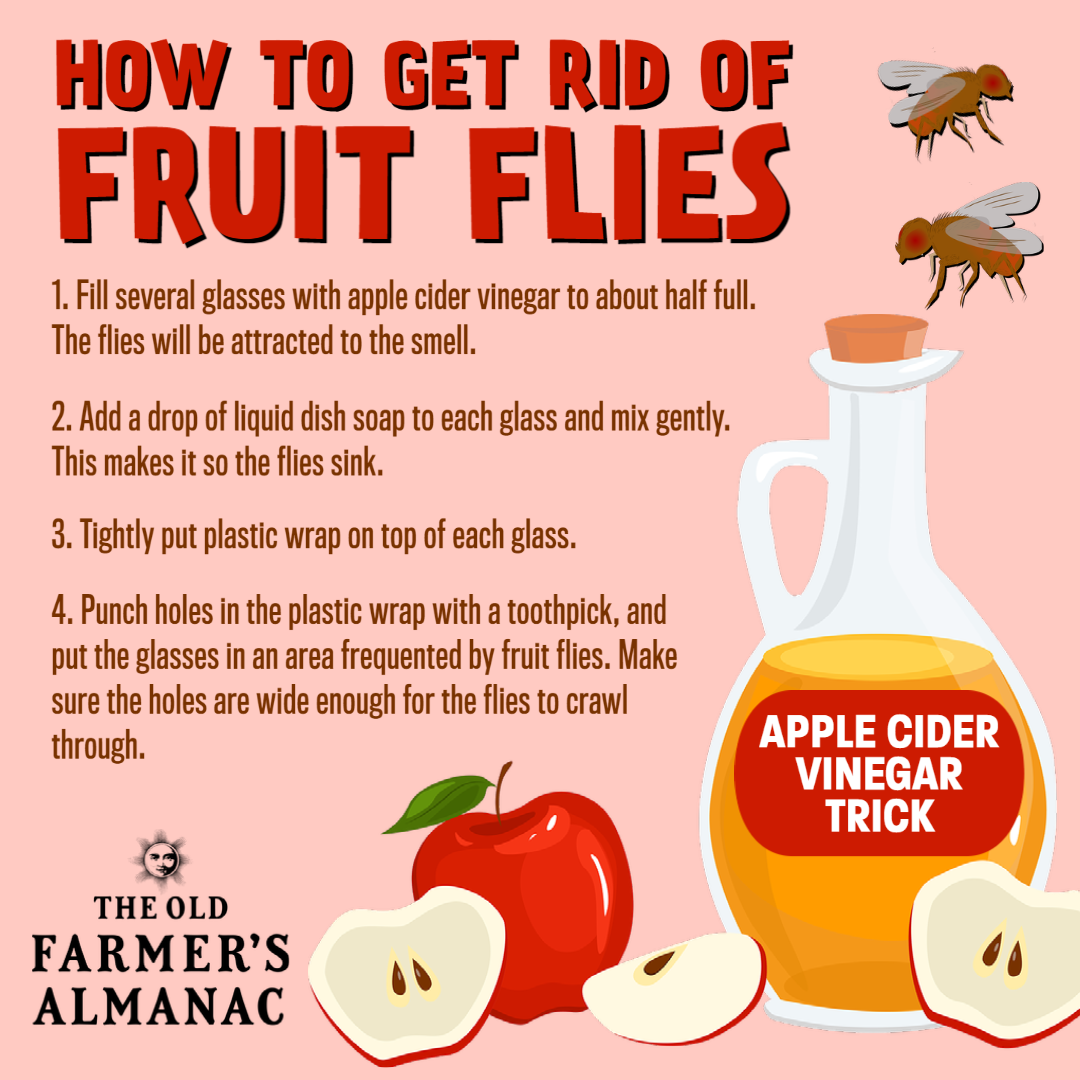
Preventing a Fruit Fly Infestation in Your Home
ADVERTISEMENT
I have used the cider vinegar method for several years and its usually worked well, even without the plastic covering. But I have also found that when I have anything that attracts them (banana peels, apple cores or overripe fruits, etc.) I use saved plastic bags the produce came in, to seal them up before tossing in the garbage.
Place corks (yes, from wine bottles) in the bowl with your fruit… you will not see any fruit flies! I do this all summer with the bowls of tomatoes that come from our garden. Have not seen a fruit fly in years!
Sprigs of Rosemary or Sage laid over a bowl of fruit/tomatoes chases away fruit flies. A plastic grated Parmesan cheese jar is perfect as a fly-catcher. There are two openings. One with three holes, leave that open. And one with a large opening to put remnants of ripe tomatoes or bananas or whatever you use to attract them. Close the three-hole side and shake every couple of days. Toss contents and refill when necessary.
Another effective way to get rid of them is to get a jar, like this says, and pour in karo syrup (about a third karo). Cut up a hot dog and put a few small chunks in the karo. Poke small holes in the lid of the jar or saran paper. The flies get in the jar and stick to the hotdog pillars bc of the karo.
I will warn you. This is extremely effective and you'll have a layer of fly bodies. It's a bit dark if you watch it.
I was having fruit fly infestations; I traced the source of flies to my sink + dishrack/ esp. under my dishrack; if any water goes around the sink/dishwashing area; the fruit flies can breed; esp. under damp dish mats; I began keeping my sink/dish area very dry; fruit flies gone~
I had a jug of sweet tea that I was going to throw out cuz it was old, but I noticed my garrison of fruit flies were very attracted to it ....so I took a sticky fly strip and set it so if they try to fly into the jug o tea...they get stuck. If they manage to get in...when they go to get out they get stuck...I cannot for the life of me find where they are coming from...I've put soapy boiling water down my drains .. no effect...I clean my trash cans regularly and if they get full before I can take em out or if I notice fruit flies around em I'll put a trash bag over the top of the can and tie it so they cannot get out..usually only do this when getting to the dumpster is difficult, like it's storming or something.....I'm about to resort to the most lethal toxic death spray I can find.
If you work outside a lot and have a knat problem you know how annoying they are,
I've found smoke helps the best I've even used those little metal tea dunkers and put cotton balls in them lit them and blew them out and the smoke for a little while and it really helps, and another thing that helps is Rosemary oil I've tried many but rosemary works the best for me I put a little on the brim of my hat some around my ears and neck, when it's real bad it only works for about half an hour, but it really does help.
I've used this trap with red wine vinegar and added a small chunk of overripe banana to the mix. It took about a week, but the traps eliminated all the fruit flies in the house!
Use spray mixing Menthol with water
We put pantyhose on our squash and other veggies that get stung and that protects them. I’ve ordered mesh bags from amazon since we don’t have a lot of pantyhose anymore. For years I had a collection box in the office for the ladies to put their runs in - got a lot of strange comments on that practice! Retired now











